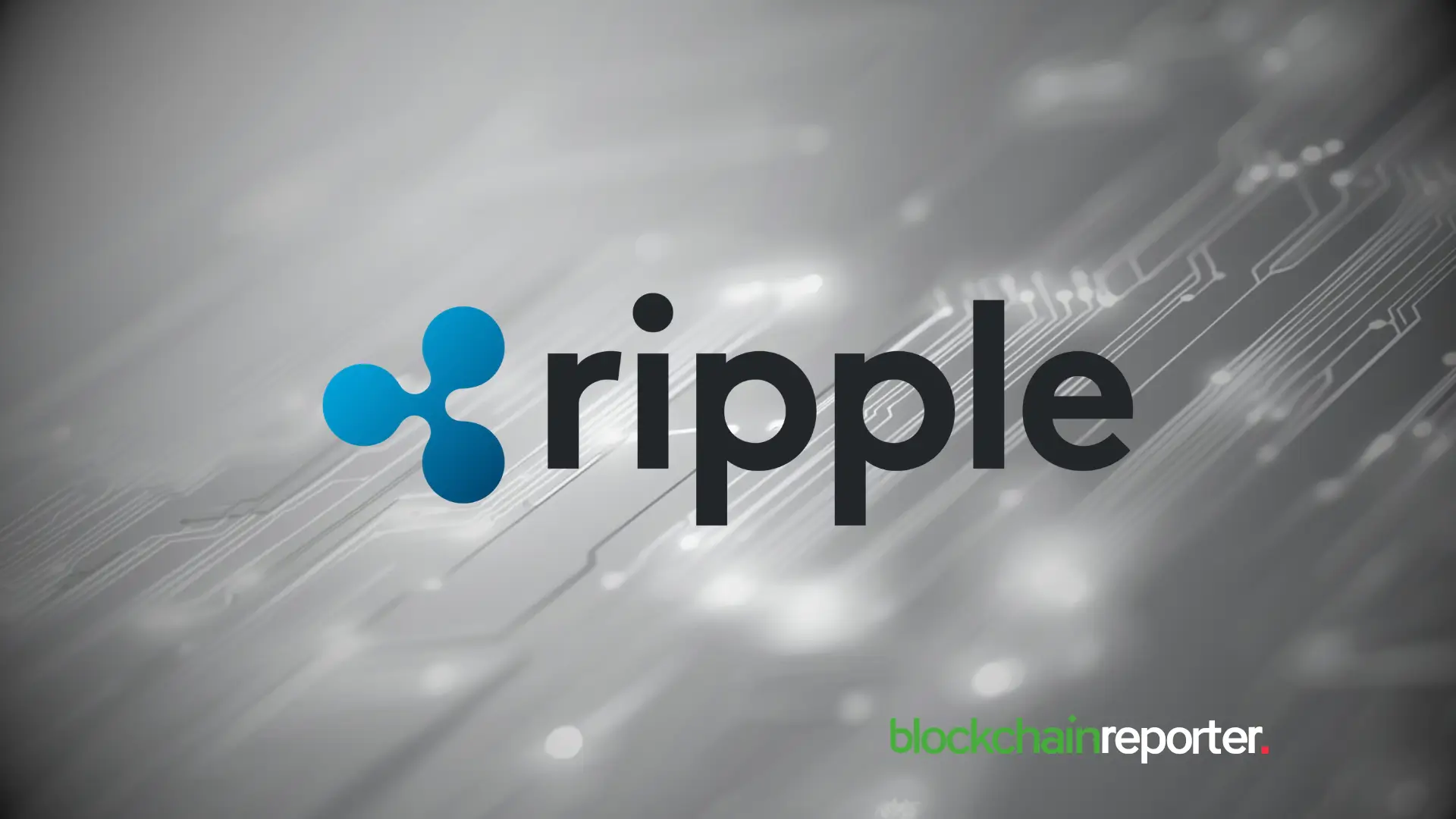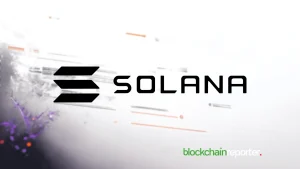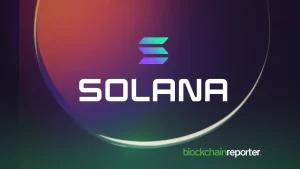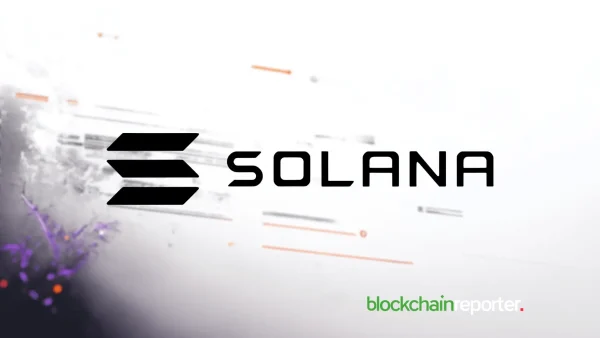
- Ripple’s XRPL DEX use is hindered by compliance risks tied to liquidity provider identity.
- XRP’s volatility can offer strategic benefits for bridge use in unpredictable markets.
- XRP remains relevant in a fragmented stablecoin landscape lacking global dominance.
Despite Ripple’s strong global partnerships, ongoing concerns have come up about the limited on-chain usage of the XRP Ledger (XRPL), particularly its decentralized exchange (DEX) for enterprise payments. Recent public discussions have revived previous questions about regulatory constraints, asset volatility, and institutional hesitancy in adopting XRPL’s native infrastructure.
More than a decade since Ripple began operations, its network of over 300 banking partnerships has yet to translate into large daily on-chain volume. A key issue is the inability to screen liquidity providers on the XRPL’s decentralized exchange fully. According to industry participants, including Bill Morgan, they noted that Ripple cannot currently rely on the DEX for enterprise payments due to regulatory exposure.
However, proposed features like permissioned domains are expected to offer identity-based restrictions on who can contribute liquidity. Until such mechanisms are implemented, Ripple will be limited in its use of off-chain models for institutional transactions.
Volatility, Utility, and the Role of XRP
A separate set of concerns relates to XRP’s price volatility and its impact on use cases. In response to questions about stablecoins being preferable for transfers, one view shared during the discussion argued that in certain scenarios, volatility may not be a disadvantage. The argument noted that holding XRP could be beneficial for participants who are not highly risk-averse, especially where potential upside outweighs short-term price movement concerns.
Another point raised addressed the incentive to hold XRP when it is used as a bridge asset. The reply clarified that the function of a bridge currency depends on its availability at the time of need. For market participants with unpredictable conversion requirements, holding XRP could enable cheaper and faster asset exchanges across various tokenized products.
Bridge Currency Relevance Amid Multi-Stablecoin Systems
The relevance of bridge assets like XRP in a multi-stablecoin environment was also addressed. If a single stablecoin were to dominate all currency pairs, the need for a separate bridge asset would reduce. Nonetheless, since jurisdictional limitations and the fiat-backed mechanism of stablecoins prevent a proper rampage, one of them is not probable to go global. In this regard, XRP may still be used as a bridge currency between less-liquid tokens or securities in various networks.
Questions were raised about the likelihood that large organizations, including BlackRock, would utilize XRPL to tokenize assets instead of creating their own blockchains. It was concluded that the portability and interoperability of assets across networks could be more beneficial than if the firms required their own chains. They compared it to CircleUSDC, issued on more than one blockchain instead of on a dedicated platform.









